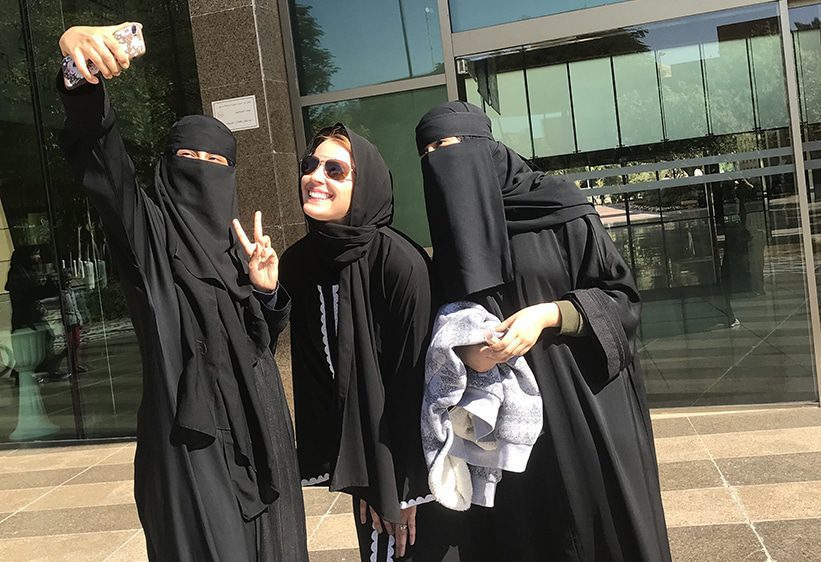
TEI’s Jennifer Wesselhoff (center) poses in Alu Ula with two Saudi Arabian friends.
The best tourism experts bring years of experience to destinations around the world by helping develop, expand, manage or re-imagine tourism strategy in a competitive and constantly evolving industry.
In the first of a three-part series, we show you how TEI meets six critical criteria you should look for in making a consulting decision.
One: We do Our Homework
There is never a one-size-fits-all approach.
Before we recommended a development strategy to the Saudi Royal Commission on Al Ula, we did more than just research the history of this ancient city and UNESCO Heritage Site. We met with the Commission and visited Al Ula to ask:
- What are the expectations of the Commission – what defines success?
- Why is tourism development occurring now and what is the historical background?
- What political and financial investments are the Commission prepared to make and are they compatible with their long-term goals?
- What is the status of the AL Ula infrastructure in terms of transportation, health, food services, safety and accommodations?
- How did the people of AL Ula feel about welcoming international visitors to their community?
- What are the social norms – who are the local thought leaders and how are decisions made?
- What are the communication standards, i.e., group meetings, individual interviews, community gathering, all the above?
- What is the cultural pace of accepting and implementing change?
By understanding the dynamics on the ground, we were on the same page with the Commission from the start. Appreciating local sensitivities gave us entrée to understanding how Al Ula leaders defined success. Our grasp of local communications enabled us to guide discussion and facilitate next steps.
The incredible success of Al Ula – as exemplified by the dramatic international impact of the annual Winter at Tantora Festival – is evidence of TEI’s sound strategic judgment.
Two: We Understand our Role
In the Dominican Republic we facilitated a community-wide workshop with UNESCO/IDB program on expanding tourism to Santo Domingo’s historic Colonial City area as the country faced increasing competition in Caribbean tourism.
That was in 2015.
Today, Colonial City is an internationally known pedestrian-friendly maze brimming with 16th century architecture, colonial buildings turned museums, shops, hotels, restaurants, and sidewalk
cafés.
Our 2015 discussions succeeded in part because all stakeholders contributed, and each agreed to be accountable for outcomes. This was due to a thoughtful and strategic facilitation approach, which avoided off-the-shelf ideas or presuming knowledge of what was best for Santo Domingo.
Our well-researched examples of successful core tourism development around the world stimulated creative discussions. We fleshed out options for Colonial City based on ideas emerging from the groups, and we challenged them to identify strengths and weaknesses in each. We guided a clarifying process that ultimately produced an exciting vision for Colonial City, a division of labor for accomplishing the vision, agreements on accountability and a management structure to bring it all to reality.
At each step, the participants themselves identified the path forward.
In using our expertise to illustrate examples, present options, ask challenging questions, and guide consensus-oriented discussions, we remained involved and passionate, but never presumed a superior knowledge of local conditions or suggested we knew what was best.
By understanding our role and remaining genuine and humble in our service, we facilitated a plan that spoke with authentic local authority, generated by the very people responsible for completing it long after our role was complete.
The success of today’s Colonial City speaks for itself.
In our next installment, we will talk about how TEI gets the right people to the table and assures community support for your tourism strategy.
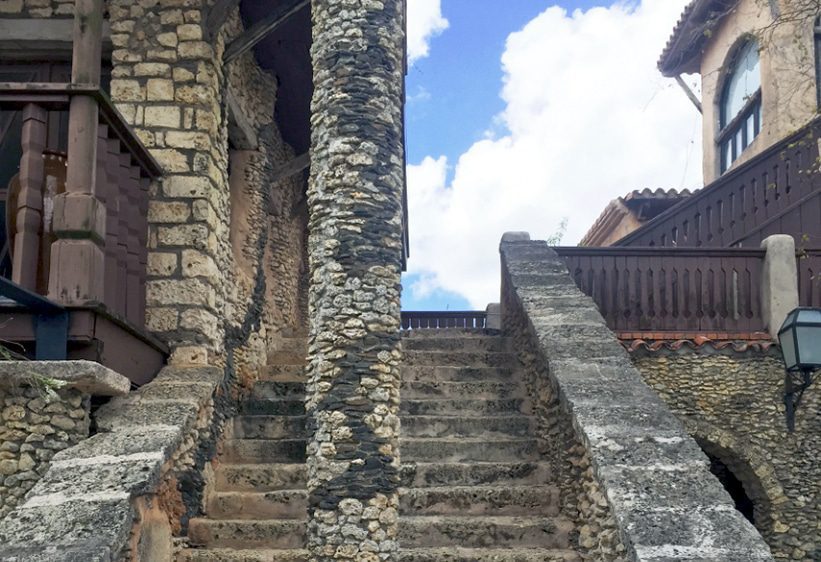
16th century architecture abounds in Santo Domingo’s Colonial City


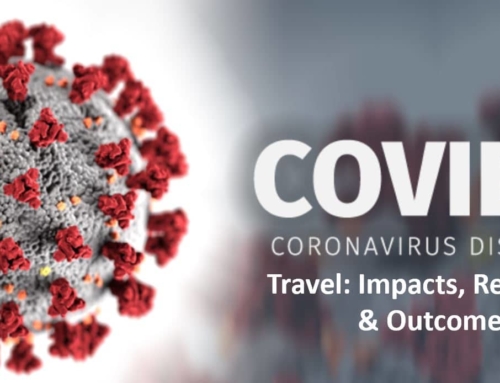

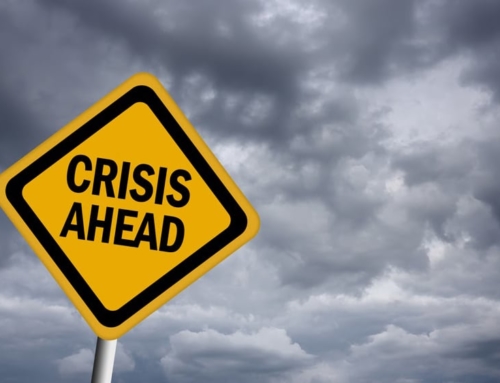
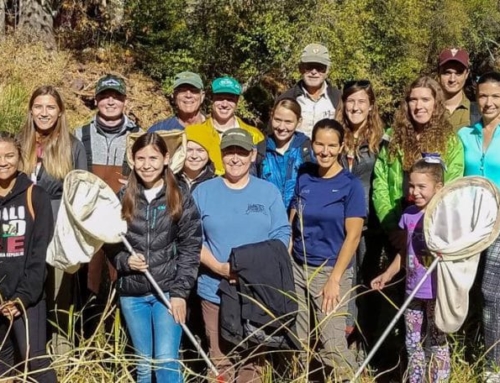
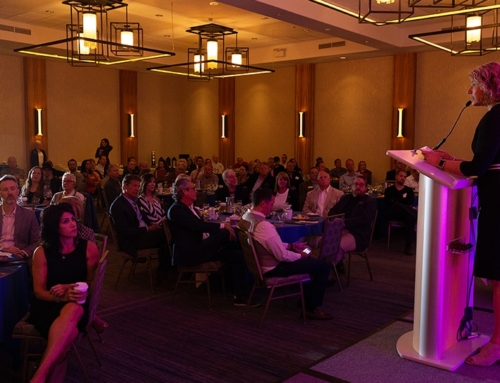
Leave A Comment